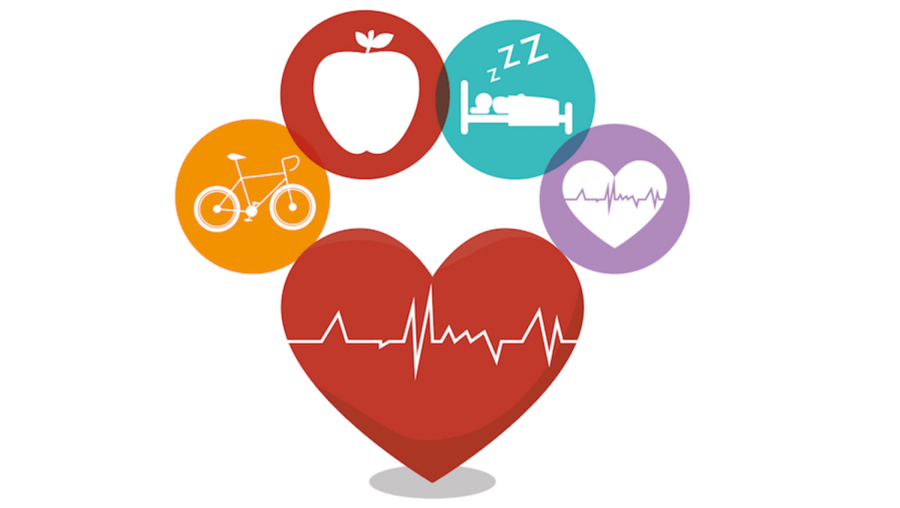Optimal Hydration Strategies for Exercise: A Multifaceted Approach
Maintaining adequate hydration and electrolyte balance is crucial for peak athletic performance and efficient post-exercise recovery. This article explores the multifaceted aspects of hydration, encompassing fluid intake strategies, electrolyte replenishment, and individual considerations to enhance athletic capabilities and overall well-being. We will examine the physiological mechanisms underlying hydration, exploring concepts such as fluid balance, electrolyte homeostasis, and the impact of dehydration on physical performance. Key concepts include homeostasis (the body's ability to maintain a stable internal environment), the fluid balance equation (fluid intake must equal fluid output), the role of the sodium-potassium pump in maintaining cellular homeostasis, and the principles of osmosis and personalized medicine in tailoring hydration strategies.
Pre-exercise Hydration: Establishing a Homeostatic Baseline
Pre-exercise hydration is paramount. Beginning exercise in a dehydrated state disrupts homeostasis, negatively impacting performance and increasing the risk of complications. The body's initial hydration status profoundly influences its ability to cope with exercise-induced fluid loss. A recommended strategy involves consuming approximately 16-20 ounces of water two to three hours before exercise, followed by an additional 8-10 ounces 10-20 minutes prior to commencing activity. This proactive approach allows the body to adequately prepare for the subsequent fluid demands, ensuring optimal physiological function before exertion begins.
Intra-exercise Hydration: Maintaining Fluid Balance During Exercise
During exercise, especially prolonged or intense activities, sweat leads to fluid loss, potentially causing dehydration. The fluid balance equation highlights the necessity of matching fluid intake to output to maintain homeostasis. Strategic intra-exercise hydration involves regular consumption of fluids in small quantities to offset ongoing losses. The beverage choice depends on exercise duration and intensity; plain water suffices for short, low-intensity activities, while electrolyte- and carbohydrate-containing sports drinks are better suited for longer, more strenuous activities. This approach helps mitigate dehydration and sustain performance throughout the exercise period.
Post-exercise Hydration: Recovery and Electrolyte Replenishment
Post-exercise hydration is critical for recovery and restoring electrolyte balance. Intense exercise leads to electrolyte loss (sodium, potassium, magnesium) through sweat. These electrolytes are essential for neuromuscular function, fluid balance, and cellular processes. Replenishing them optimizes muscle recovery, minimizes soreness, and prevents imbalances. The recommended fluid intake is approximately 16-24 ounces for every pound of body weight lost. This, combined with electrolyte-rich foods (bananas, yogurt), ensures adequate rehydration and facilitates faster recovery. This phase focuses on restoring homeostasis after exercise-induced disruption.
The Significance of Electrolyte Balance
Electrolytes are essential minerals regulating fluid balance, muscle function, nerve impulses, and other vital processes. The sodium-potassium pump, a crucial cellular mechanism, illustrates the importance of electrolytes in maintaining cellular homeostasis. Severe electrolyte imbalances can cause potentially life-threatening conditions like hyponatremia (low sodium). A balanced approach, incorporating electrolyte-rich foods and beverages, while avoiding excessive water intake, is crucial for maintaining optimal electrolyte homeostasis and preventing adverse health effects.
Individualized Hydration Strategies: A Personalized Approach
Individual hydration needs vary widely depending on factors such as exercise intensity, duration, environmental conditions (temperature and humidity), sweat rate, and body weight. Personalized medicine principles advocate tailoring hydration strategies to individual characteristics and specific exercise demands. Monitoring hydration status using urine color and thirst cues guides fluid intake decisions. For example, endurance athletes require different plans compared to those undertaking high-intensity interval training (HIIT). This individualized approach ensures optimal hydration for diverse exercise needs and athletic profiles.
Avoiding Hyponatremia: The Risks of Overhydration
While adequate hydration is crucial, excessive water intake without sufficient electrolytes can cause hyponatremia—dangerously low blood sodium levels. This highlights the need for balance. The principle of osmosis, which governs water movement across cell membranes, explains how excessive water intake disrupts fluid balance, leading to potentially fatal consequences. Attending to thirst cues and avoiding excessive fluid intake are vital for safe and effective hydration practices.
Environmental Considerations: Adapting to Varying Conditions
Environmental factors significantly impact fluid and electrolyte loss. Hot and humid conditions increase sweat production, necessitating adjustments to hydration strategies. Individuals exercising in such environments must consume more fluids and electrolytes to compensate for enhanced physiological demands. This adaptive approach prevents dehydration and heat-related illnesses. Understanding the physiological response to heat stress underscores the necessity of proactive hydration management.
Conclusions and Recommendations
Optimal hydration requires a comprehensive strategy encompassing pre-, intra-, and post-exercise hydration, balanced with electrolyte replenishment. A personalized approach, considering individual factors and environmental conditions, is essential. Monitoring hydration status and understanding the risks of both underhydration and overhydration are crucial for safe and effective exercise. Further research should refine individual hydration recommendations based on exercise type, genetic factors, and other influencing variables. Developing easily accessible, personalized hydration guidelines would greatly improve the efficacy and safety of hydration practices across different athletic populations. Future research might investigate the development of smart hydration monitoring devices and personalized hydration apps to provide real-time feedback and adaptive recommendations.
Reader Pool: What are your perspectives on the feasibility and practical application of personalized hydration strategies in diverse athletic settings, considering the potential challenges in developing and implementing such strategies?
```







No comments yet. Be the first to share your thoughts!